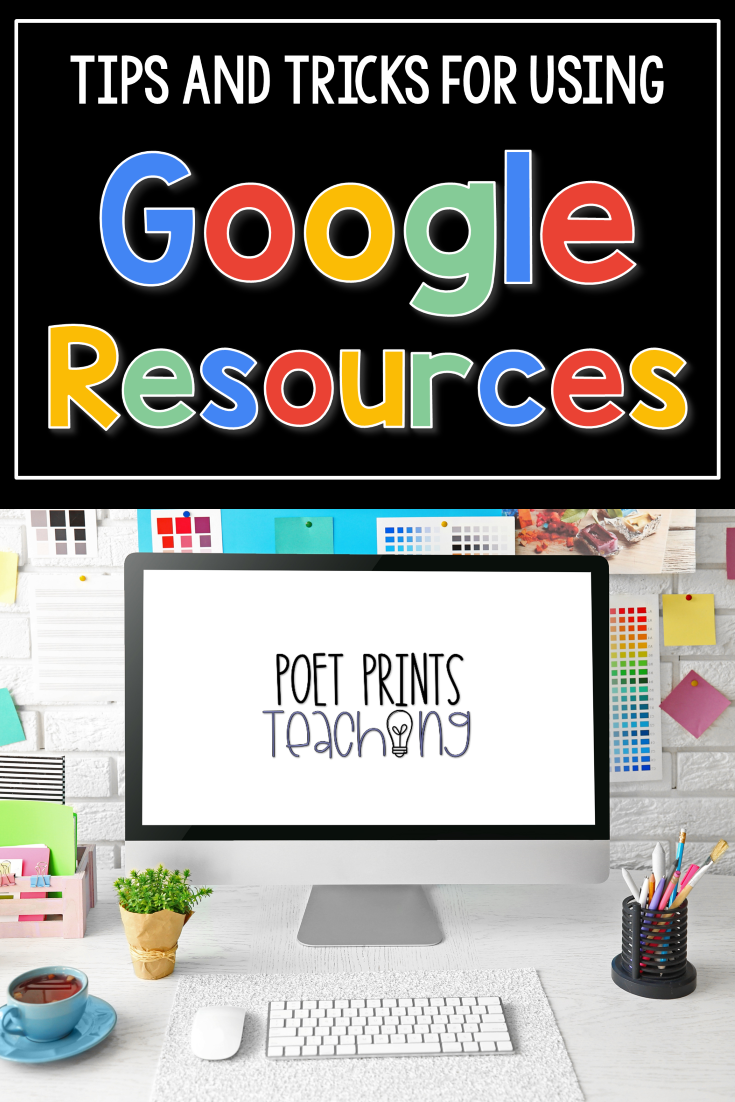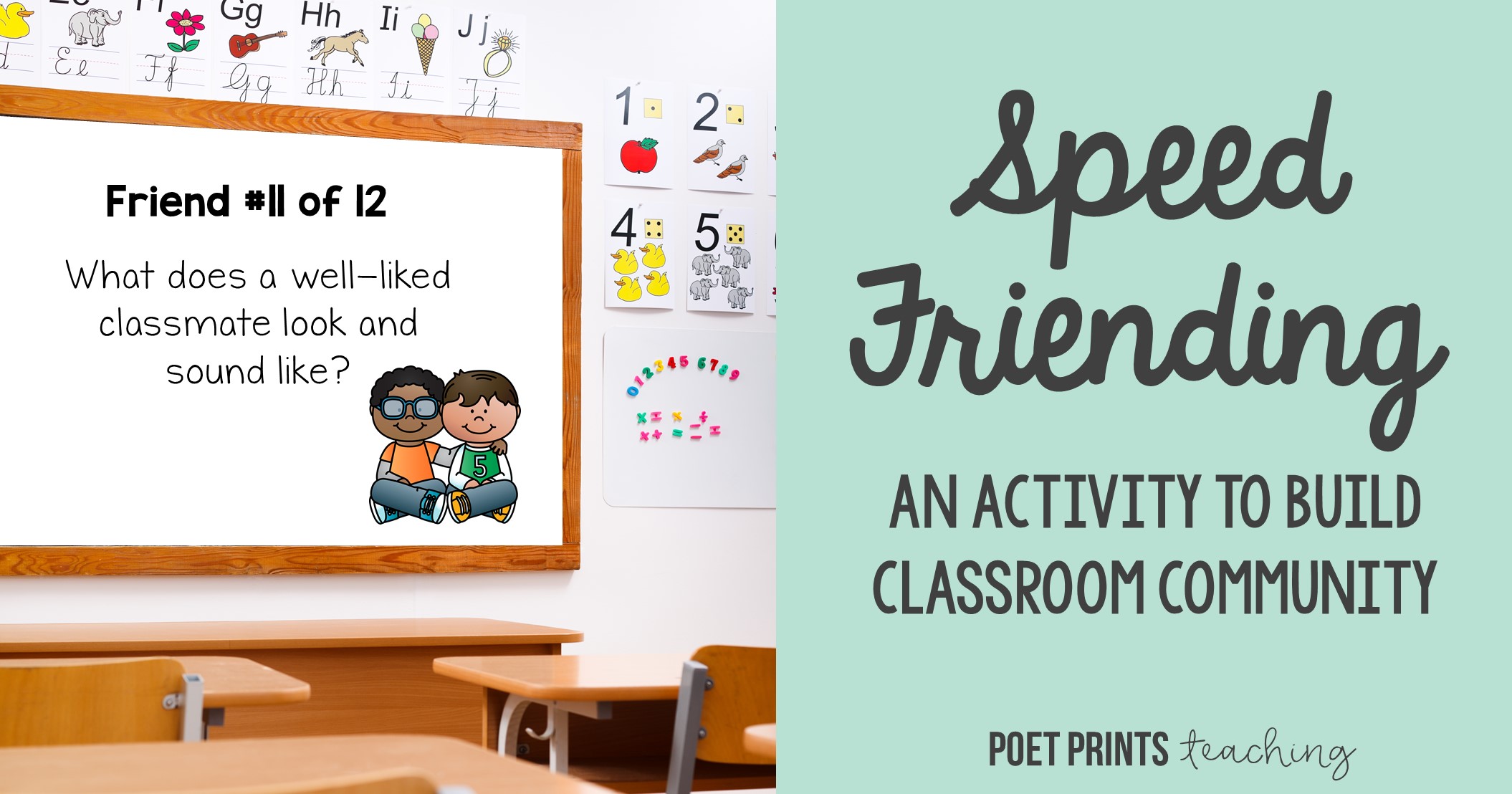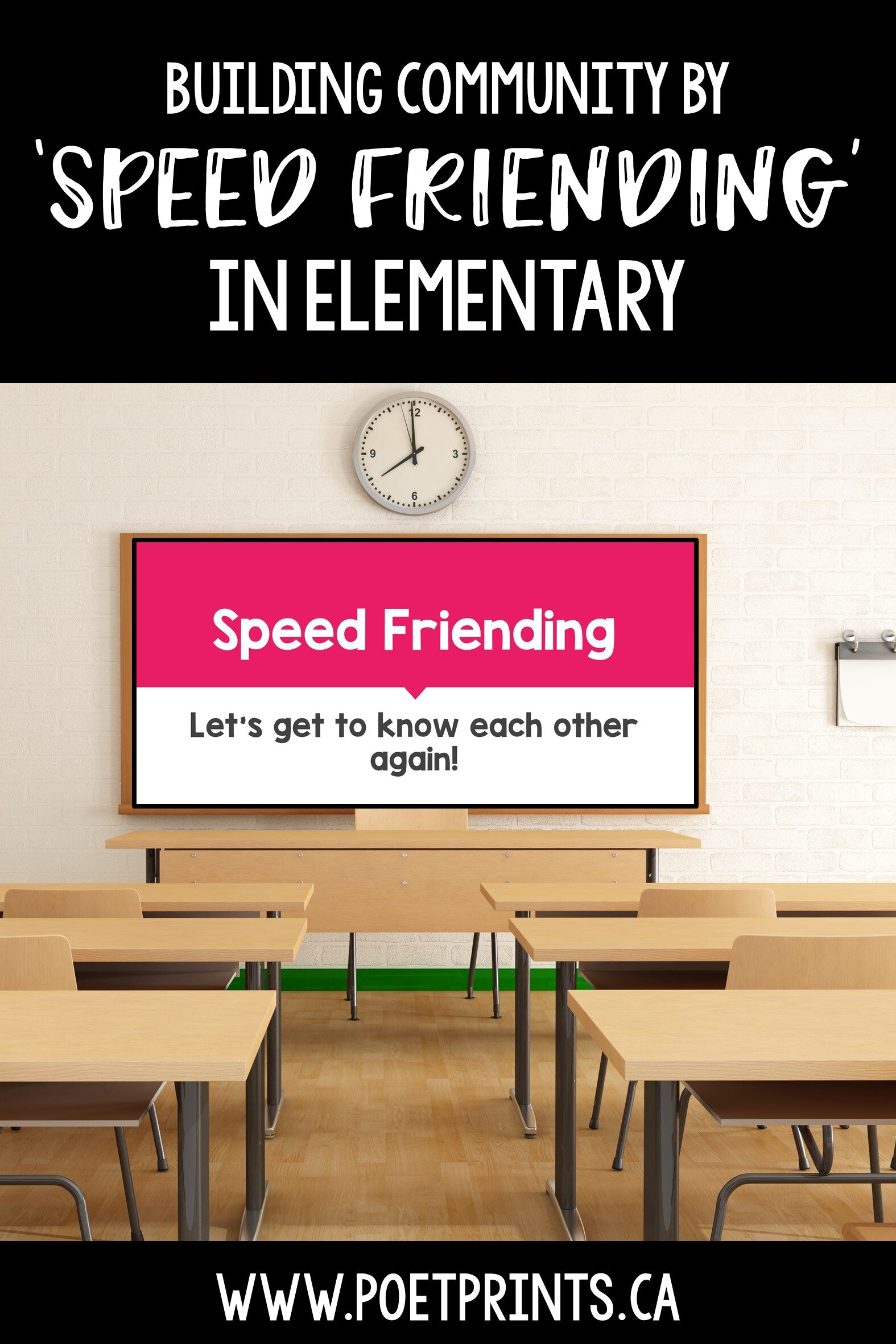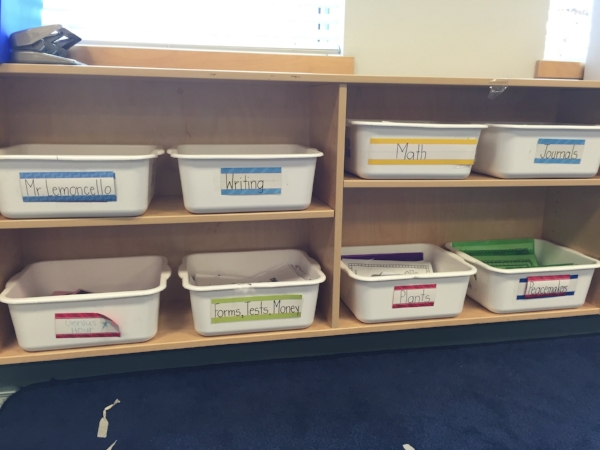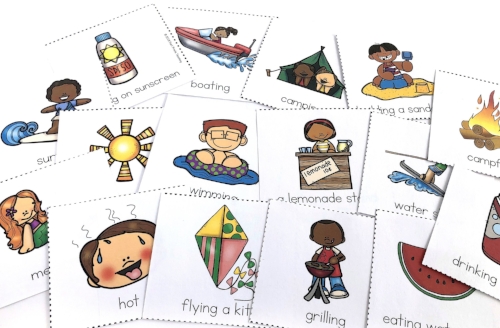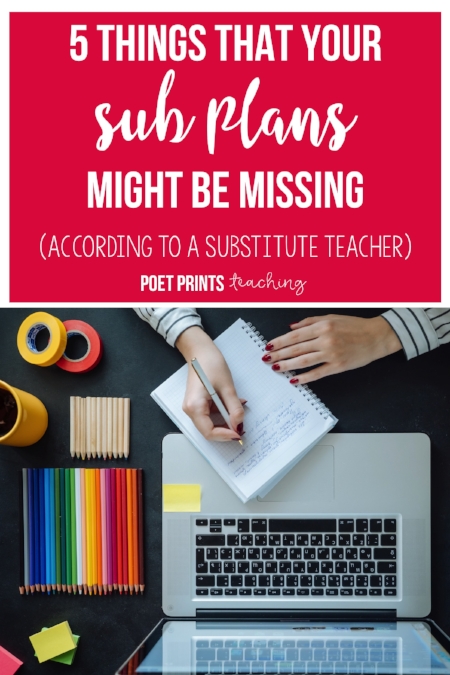Like many of you, my teaching and work life has shifted dramatically over the past few years. Sometimes I am teaching from home, other times I am doing teaching-related work from home… but I am almost always doing it with a little one at my feet. I’m not in a physical classroom right now, but my “teacher mom” hat is still very much on. And trying to keep a toddler busy while working from home during the day is no joke. So I’ve tried my best to adapt and find ways to keep that darling toddler busy while working from home. It’s not always easy, but I’ve found a few hacks that make it just a little bit more manageable.
Lean hard on teacher skills
Even though I’m not in a classroom with 25 kids right now, I still know how to set up centers like a champ… and I’m using those skills to keep my toddler entertained.
Toddlers have notoriously terrible attention spans. She’s 3 now, but since she was 20 months we have been doing a modified ‘center time’ to keep her entertained while I work from home. I’ll set up a small handful of centers in our living room and we’ll rotate through them every 15 or so minutes. The centers themselves aren’t anything extraordinary - just toys and activities we have around the house - but she has something new to look at and explore often enough that it buys me time to get some work done.
Here are a few things that I’ve set out:
Farm creation kit using printable pieces from Earlybird and found materials around the house!
Little people
Rice bin
MegaBlocks
Coloring
Dollies, snack,
Magnetic tiles,
Dough or Clay (The DIY sensory dough kit from Earlybird is super easy to set up and bought us a solid 20 minutes of playtime!)
Even snack time makes a great toddler center!
Reach out to trusted resources
In our house we LOVE Earlybird. Instead of scouring the internet for a million “toddler activities” or “toddler crafts” that may or may not work, and might be developmentally appropriate, everything on Earlybird is already classified by age and skill. So many of the activities use items we already have at home and they’re researched based. So while they may not always be ‘Pinterest perfect crafts’, they’re activities that I can set up for my toddler that she can often engage with totally independently. The site is a low monthly subscription (that comes with a weekly newsletter that has each weeks’ activities planned out for you) and they have so many free ideas on their Instagram page.
Set a visual timer
A visual timer like this is a great trick for showing little ones exactly how much work time you have left.
If my toddler is right beside me while I’m working, I try to be intentional and set a timer for exactly how long I’ll be working, and I break my work time up into small chunks.
However, I make sure it’s a visual timer. Time is such an abstract concept for kids, and saying “I’ll be 5 more minutes” and “I need 75 minutes” mean almost the same thing. (That is, they mean absolutely nothing!) We use a visual timer like the one pictured to show her how much time until I can play.
I’ll work for 30 minutes, and then play for 5-10. Work for another 30, and have lunch together. Work for another 30, and cuddle and read books. Etc. And I always follow through. When that timer beeps I don’t pause and wait to finish my marking or quickly upload something else… the timer means we break to do something together. It’s really helped us find a balance.
Use screen time
I know… screen time is controversial in some parts of the internet. But around our house we save screen time for when silence is important. Like when I have Zoom class or meeting, or need to listen to an audio file quietly. Since screen time is a bit more rare, my toddler is is much more likely to sit quietly and watch a show or play a game on my iPad.
Right now we are loving the app Sago Mini World for independent iPad time. She’s not quite ready for the letter/alphabet games, (and to be honest, I didn’t love the quality of the ones we had trialed) but we may try those again in the future.
For shows, I always lean heavily towards ones that model empathy, kindness and showcase diversity in families and characters. Disney+ is our subscription channel of choice, so we watch episodes of Bluey, TOTS, Doc McStuffins, The Rocketeer and Mira Royal Detective.
Head Outside
We live on the west coast, so this one isn’t always possible (Hello, rainy season). But whenever possible, I take my charged laptop outside and work while she plays outdoors. I seem to be able to get more concentrated work time when there are mud, sticks, and dirt to play with.














